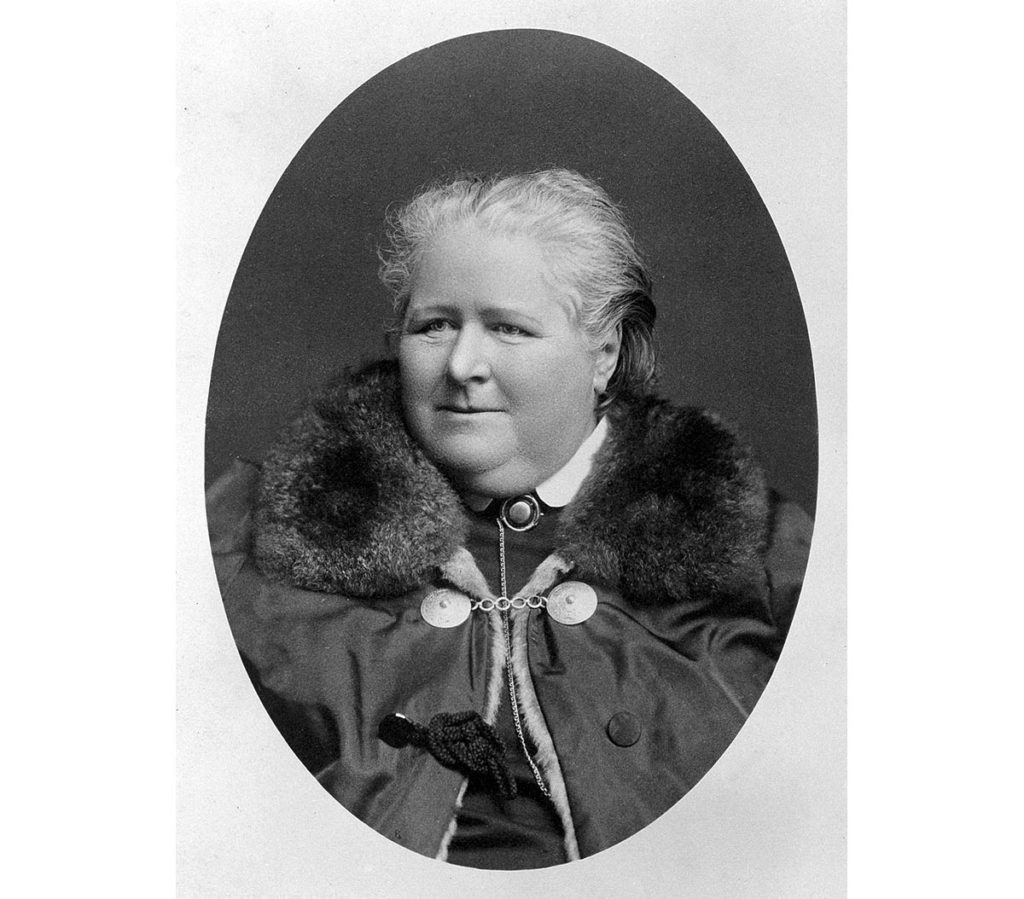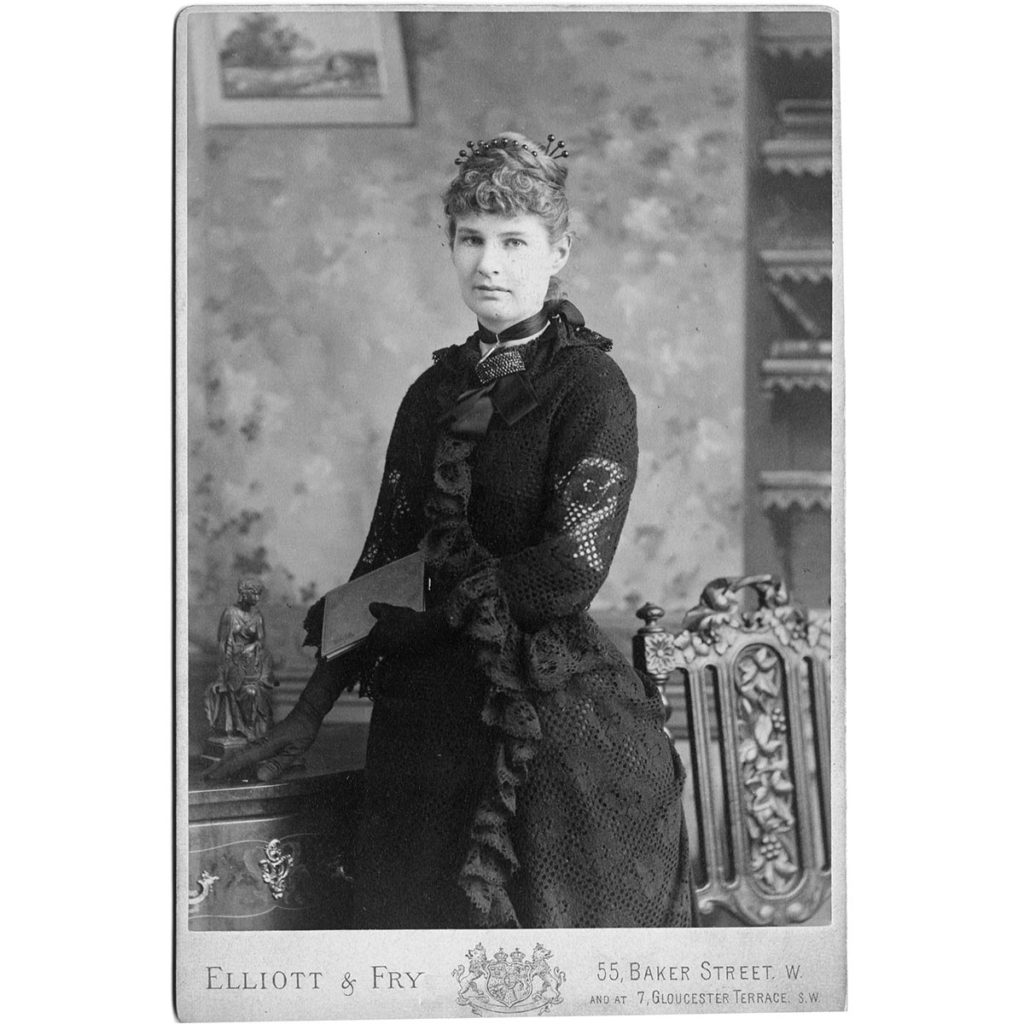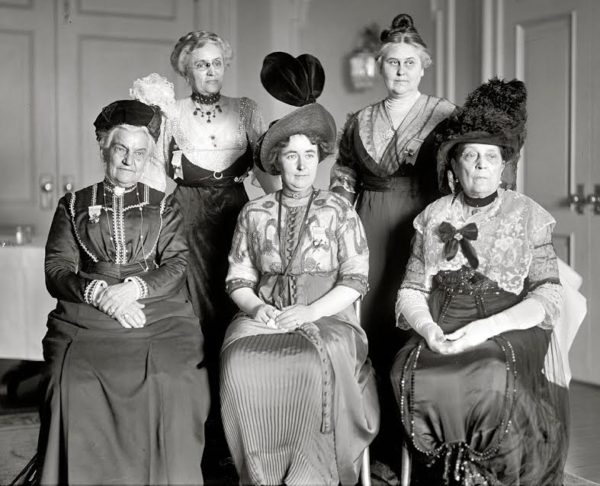By Jen Bravo, Guest Contributor
This post is the first in a series on the history of women in the animal protection movement, gender and animal advocacy, and stories of the women striving today to make the world a better place for animals.
Animal advocacy has a long and complex history—a history in which women have played a central and integral role as writers, speakers, organizers, and activists. An intersectional history in which feminism and animal advocacy go hand in hand, along with other progressive social causes.
As the foot soldiers of modern animal advocacy, it’s empowering for women to understand our history and embrace the legacies of the women who came before us. In that spirit, this post shares the stories of just three women who embody courage and dedication, and forged a path for animals in the 1800s and very early 1900s where none existed.
Women and Animal Advocacy in the 1800s
Frances Power Cobbe and Anna Kingsford are two names every animal advocate should know.

Frances Power Cobbe
Frances Power Cobbe was a women’s suffrage and anti-vivisection advocate who founded the National Anti-Vivisection Society (NAVS) in 1875 and the British Union for the Abolition of Vivisection (BUAV) in 1898—two animal protection groups that are still around today (BUAV is now Cruelty Free International). Both organizations were firmly rooted in the early social justice movements of the 1800s, which included women’s suffrage, property rights for women, and opposition to vivisection (that is, the use of living animals in experiments).
Frances began her career as a writer, publishing articles on women’s property rights, domestic abuse against women, and the economic dependency of women on men in Victorian England. In 1863, as a writer for the London Daily News, she witnessed animal experiments and became a staunch opponent of vivisection. Her strident anti-vivisection work led directly to the passage of the Cruelty to Animals Act of 1876, which was intended to regulate vivisection by requiring physiologists to obtain licenses and for the animals used to be anesthetized. Frances and the NAVS claimed the Act was weak, and in fact, the number of vivisections rose following its enactment.

Anna Kingsford
Anna Kingsford met Frances Cobbe in London in 1872 when Frances published an article on anti-vivisection in The Lady’s Own Paper—a weekly magazine that covered social reform issues—which Anna owned and edited. Anna quickly became an anti-vivisection advocate, and decided to study medicine so that she could advocate for animals from a place of expertise.
The study of medicine at this time relied heavily on experiments on animals, mostly dogs and mostly without anesthetic. Anna attended medical school in Paris, completing her degree in just six years, and doing so without experimenting on any animals. Her final thesis for medical school was a paper on the benefits of becoming a vegetarian, which was later published as a book titled The Perfect Way in Diet in 1881. She became an active speaker and advocate for a vegetarian diet and in opposition to all animal experimentation.
Anna exhibited extreme courage in attending medical school at this time, during which she had to witness many experiments conducted on living dogs without anesthetic. She said, “I have found my Hell here in the Faculté de Médecine of Paris.” And she bore the additional burden of being an unwelcome woman in a field dominated by men, experiencing harassment and neglect from her teachers.
Anna persevered, as she knew that her experiences would help her be a better advocate for animals. Unfortunately, Anna developed a serious illness and died at the age of 41, before she could fully realize her life’s work for animals.
The Very Early 1900s
The very early 1900s in Britain and the United States were characterized by a continuation of the anti-vivisection movement—building upon the work of Frances, Anna, and others, as well as the movements for women’s suffrage, peace, and other social reforms. One woman stands out in this period for her courage and tenacity. The British-Swedish powerhouse Lizzy Lind af Hageby.

Lizzy began her career as a writer and lecturer in opposition to child labor and prostitution, in support of women’s liberation, and later in her life in support of animal rights. She was an activist and organizer at a time when women were expected to stay at home. She trained in medicine at the London School of Medicine for Women so she could become a better anti-vivisection advocate.
In 1913, Lizzy represented herself in a libel trial—related to animal advocacy—at a time when women were not allowed to become attorneys. The Nation reported that her representation in the trial was a “brilliant piece of advocacy…though it was entirely conducted by a woman.” Following the trial, a British Colonel spoke about the importance of women in animal advocacy, stating, “The day that women get the vote will be the day on which the death-knell of vivisection will be sounded.” Unfortunately, he turned out to be wrong about that.
The connection between women’s rights and anti-vivisection was particularly strong during this period. The U.S. academic Coral Magnolia Lansbury argued in her book The Old Brown Dog: Women, Workers, and Vivisection in Edwardian England (1985), that the imagery of vivisection—of animals bound and abused—was particularly powerful for women—a symbolic reminder of the treatment of women as objects.
A Legacy of Action
Throughout the 20th century, women continued to be at the forefront in animal advocacy—founding animal rights organizations, exploring the relationships between humans and nonhuman animals, and challenging the status quo that treats living, sentient beings as objects.
In our next piece in this series, we’ll highlight some of the amazing work done by women for animals in the 20th century—a century full of progress—and how that work informs the efforts of the women striving today to change the world for animals.
Editor’s Note: We recognize that the women featured in this post are all white. This is due to many factors, including but not limited to who authors history. In our next installment of Women in Animal Advocacy, we will feature some of the many women of color who have been critical to advancing animal rights throughout the years!
Fascinating. Great write up.
An inspiring account of inspiring women. Their spirit and their work are the inheritance of those of us in these modern times who wish to continue their causes.
Incredible examples of dedication and perseverance. Very inspiring.
Awesome! I did not know about this her-story! Thanks for sharing!
Thank you for this article on women who cared about the welfare of animals long before it was accepted or recognized as a legitimate area of concern. I’m looking forward to your followup on women of color.
Wow I too did not know about this. Thanks!
Very interesting!
For future articles I wonder if you know about Kathleen Jannaway;
http://www.mclveganway.org.uk/kathleen_jannaway.html
You can also see her on video here;
https://youtu.be/2Z4hDu1zN2c
The courage and fortitude of these women is so inspiring! Reading the details of “vivisection” is new to me, and appalling. I don’t know if I could go to medical school and be forced to watch this torture…
Why does it take so long.
Super fantastic article!
What amazing women. I am grateful for their ability to stand strong during a time when even their rights were barely there. This gives me the courage to stand strong in my veganism and truth.
What a fascinating read, so interesting to see those who came before us.